Every year the term gamification is gaining momentum in the world. Requests for product gamification during quarantine have grown tremendously. At a time when a company needs to connect with a client remotely, gamification is one of the few effective ways to do this.
This technique increases engagement and brand loyalty. Both large industries with solid marketing budgets and small companies want to gamify their product and thereby distinguish their brand, stand out in a highly competitive environment and, of course, increase profits.
Why It’s Not Just a Game. Definition of Gamification
According to Gartner, an American research and consulting company that specializes in information technology markets,
Gamification is the use of game mechanics to stimulate participation in non-game business scenarios and change the behavior of target audiences.
In simple terms, gamification is about adding game elements to a non-game context.
Let’s take a look at the Google Trends chart for gamification. It has a steady success since 2021, going from 0 in 2008.

From timid attempts to research the topic in 2009 to a consistently high level of interest in recent years, gamification has firmly established itself in the market as an innovative practice that shows amazing results in the right hands. The reason is simple – people love games. Gamification touches upon the basic human need for self-realization. At the same time, the game engages, immersing a person in the game universe and giving an incentive to return to it again and again.
Points, badges, levels, progress bars, and awards are some of the most popular components of gamification.
Integrating game mechanics into business processes, marketing campaigns, websites, apps, online communities, or school classes and college courses has proven to be an effective and fun way to encourage engagement of the target audience. But despite the terminology, gamification of business processes is not just a game transferred to a slightly different environment.
The goal of gamification is to find fun, engaging, stimulating, and self-sufficient ways to shape the desired user behavior. There must be a real value behind the fun.
Why You Should Use Gamification?
According to a report by Precedence Research, gamification market size was $16.29 billion in 2024, and a rise to $190.87 billion is predicted by 2034, with a CAGR of 27.90%.
When it comes to marketing, which is often inextricably linked to gamification, it is true that many modern companies gamify their marketing activities to achieve customer acquisition and retention goals. Let’s look at a few companies that are a bright gamification-as-in-games examples.
Look at Myntra, an Indian online fashion retailer, one of the best gamification examples. Back in 2019, the company gamified its app to increase brand awareness and sales. The app allows users to play games in exchange for points and rewards. It also provides information on current fashion trends in the market. As a result, this approach attracted significant traffic to the application. During the campaign, more than 650,000 users interacted with the platform. In 2021, Myntra continued to use gamified mega-marketing campaigns to reach another 250 million customers.

But the effective use of the game component is not limited to gamification digital marketing examples only. Gamification can help cope with the physical to digital transition, keep staff motivated, and increase employee productivity. Many companies are great gamified learning examples as they implement a variety of practices to keep employees and customers engaged.
FreshDesk is one of the successful gamification examples. They provide a cloud-based support platform serving over 40,000 customers. In 2012, FreshDesk used gamification to engage its customers in their daily tasks. In turn, this increased the productivity of the team, which resulted in a 1000% increase in revenue in the first year after launch.
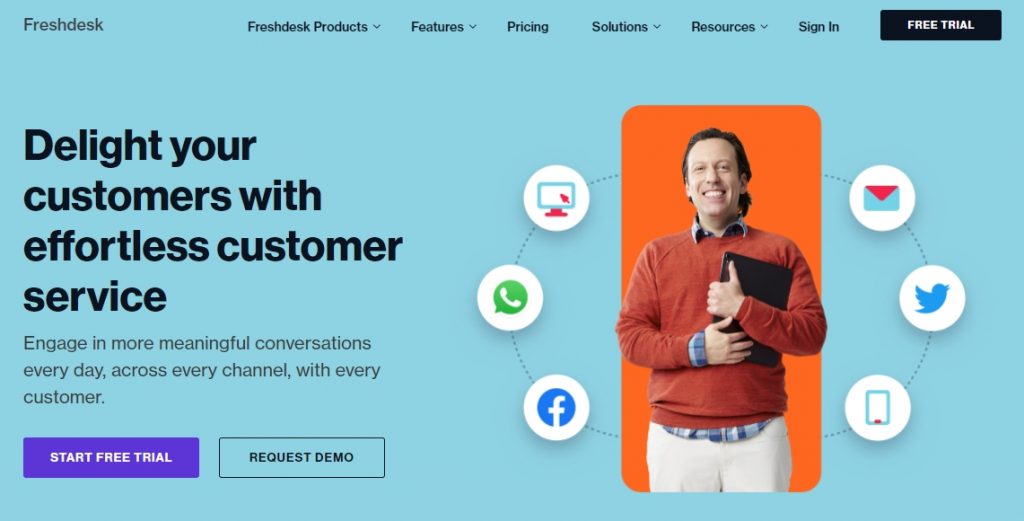
Who is the Target Audience of Gamified Products?
According to Kevin Werbach’s and Dan Hunter’s book For the Win: How Game Thinking Can Revolutionize your Business, there are three main types of applied gamification:
- Internal gamification targeted at company employees.
- External gamification targeted at company’s customers.
- Behavior-changing gamification that can target both employees and customers.
Internal gamification can be used in a variety of ways: to increase production and efficiency, improve internal processes, etc. Gamification brings pleasure to traditional workflows to ultimately generate intrinsic motivation. There are many gamification examples in learning that cover different ways to create employee training programs and increase employee engagement.
One of the best internal gamification examples in the enterprise is Deloitte, whose goal was to encourage consultants around the world to share valuable knowledge on their social intranet powered by a proprietary mobile application. By combining its internal Who What Where geolocation service with a mobile solution developed by technology company Badgeville, Deloitte created a reward system that recorded each consultant’s check-in, providing information on who they met, what they discussed, and where the meeting took place. For each valid check-in, consultants receive remuneration and status in accordance with a certain experience.

External gamification uses the same basic principles as internal gamification but focuses on the outside of the enterprise, that is, the customers. Typical applications are in marketing: increasing brand loyalty, boosting sales, attracting new customers and retaining old ones, and so on.
A successful external gamification example is Fitocracy. Fitocracy users enter their workout programs on the company’s website through the in-game app and earn points and new levels based on specific achievements, which are structured to provide equal motivation to all users, regardless of their current fitness state. This was done using one of the most powerful gamification tools – social communities.
In the Fitocracy community, users can share experiences, change workout schedules, and then set tasks and assignments that lead to rewards – better fitness on the one hand, and social recognition and status on the other. But instead of trying to build a community around the product, Fitocracy’s creators built the community around the workout experience itself, allowing users to play an active role rather than just being Fitocracy app buyers. As a result, Fitocracy has built a base of over a million users around the world.
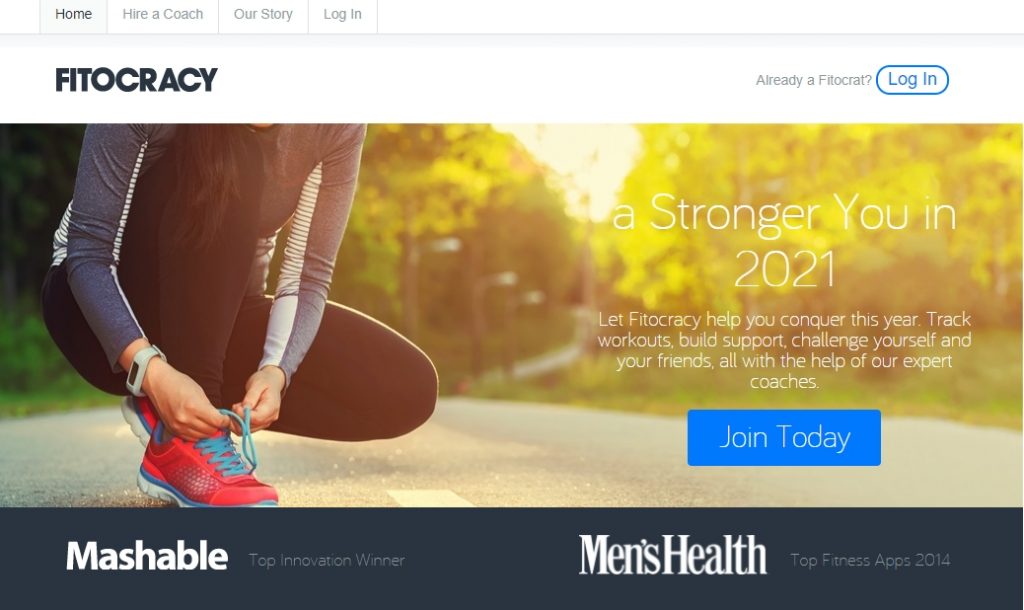
The popularity of gamification in a wide variety of industries will continue to grow. These include IT, banking, the public sector, and even the military. Notably, the ongoing boom in the IT sector in the next few years will lead to an expansion of gamification throughout the industry. For example, IT companies will gamify large-scale recruiting activities to streamline the job application process. Recruiters will conduct virtual screenings and assessment tests to filter and select candidates.
The US Army has launched a gaming platform to support its operations. Specifically, applicants can test their skills and see if they have what it takes to become a soldier. Driving simulators for various military and civil vehicles have long been shown to be effective.
Key Principles of Gamification
There are many principles of gamification that are prioritized based on its target audience. But in general, one can single out key positions that will almost always be relevant for any gamification cases:
- Motivation. A person will not get involved in gamification initiatives if the game does not imply some adequate reward in the event of a successful gaming session. It is important to skillfully combine virtual rewards, such as the name of the person at the top of the leaderboard, and material incentives that vary depending on the type of gamification (bonus or extra day off for an employee, discount or physical bonus for a client).
- Evolution. After the main game cycle is determined, and users understands what is required of them in the game, you cannot keep them at the same level for a long time. As the skill of users grows, they must begin to face difficulties, overcoming which will help they to better understand and record their progress. At the same time, rewards also evolve – the more effort users put in to complete the abstract “level”, the more valuable their reward should be.
- Limited resources. Many mobile games have currency or resources that players use to try to build the best base, city or village. By deciding how to spend these limited resources, they gain a sense of autonomy, authority, and achievement. An example is the dating app Tinder, where players get a limited number of super likes per day.
- A sense of ownership. If players can personalize something, then they will be more interested in the product as a whole. You need to give users something that they will love and appreciate, so that they have a better chance of staying with your product, and not going to a competitor. Examples of gamification include player avatars on the popular Bitmoji app or the Mayor status on Foursquare.
- Social integration. It’s not just adding a social feature to the app that matters, but rather making it a core part of a larger experience, showing off your status and accomplishments to other people. MyFitnessPal and Strava have incorporated social media into their apps. By allowing users to share runs, personal bests, and compete for best times on various tracks around the world, Strava has become one of the most successful fitness apps to date.
Gamification in Business: Examples of Famous Brands
The introduction of gamification by the world’s most popular brands is always the most striking and impressive example, attracting the most attention. Let’s take a look at a few gamification cases from well-known companies.
The Example of Social Gamification
Foursquare
Foursquare is a great example of social gamification. By checking in somewhere, you get points. By registering at a previously unvisited location, you will receive even more points. You can then compare the number of points you have earned on the leaderboard with your friends. You can also earn badges for completing special activities such as a check-in on a boat or check-in with more than 50 people in one location.
If you check in at a location more often than anyone else, you become the “Foursquare Mayor” of that location. Many cafes around the world offer “mayors” certain compliments in the form of free coffee, snacks, or discounts. This user experience is particularly game-like and has generated a lot of excitement among users. Foursquare has become a popular example of an app that increases user engagement through the gamification of its loyalty program.
As a result. By incorporating gamification into its mobile app, Foursquare has grown 10x in five years.
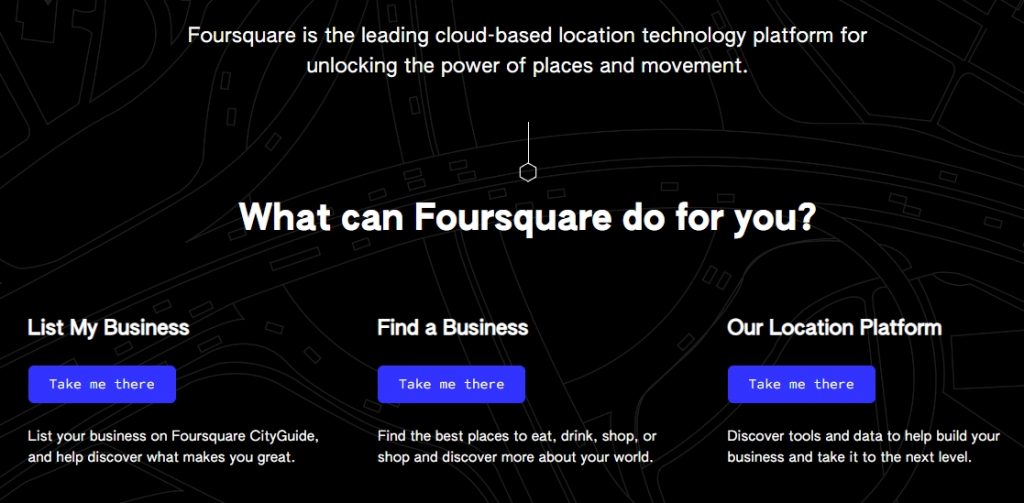
The Example of Gamification in E-learning
Duolingo
One of the best gamification elearning examples is Duolingo. The Duolingo language learning platform has set itself the goal of making learning not only fun but even addictive. The company’s product managers believe that gamification helps users develop everyday learning habits that are critical to the app’s popularity. Almost the entire app is designed as a game – a holistic approach to making language learning fun.
Of the individual gamification features of Duolingo, we can highlight the experience points gained by students after completing lessons or practice sessions; levels that are unlocked upon reaching a certain threshold of experience or the number of words learned; as well as lingots – in-game currency earned by players for the implementation of various goals with the ability to spend it on new lessons, bonuses and even new virtual clothes for the Duo owl, the main mascot of the application and a learning assistant.
As a result. The Duolingo platform, which uses gamification to teach languages to users through mobile devices, has grown its user base to over 575 million.

Example of Gamification in Training
Autodesk
Autodesk software company specializing in 3D modeling, design and entertainment applications found that users who used the app at least three times during the trial were more likely to turn into customers. Then the company decided to find a way to increase the conversion rate of the trial – using gamification to create engaging tutorials and reward users. Users moved up the leaderboard as they earned points in the virtual “missions” of the online game Undiscovered Territory. For their efforts, top users received a reward.
At the same time, the company hooked up a social influencer by connecting users to their social media and community platforms, including YouTube and Facebook. The competitive spirit and the drive to share successes with friends increased not only engagement but also the income from each trial. So Autodesk became one of the iconic gamification examples in training.
As a result. Autodesk leveraged gamification to increase conversion rates by 15% and revenue from each trial by 29%.

Content Gamification Example
Starbucks
With a focus on employee motivation and customer loyalty, Starbucks launched the My Starbuck Rewards program. It uses gamification techniques to increase customer engagement and retention. Members can earn points or stars for every purchase and redeem them for certain items, free food and drinks. The more stars, the higher the status of customers, which, in turn, opens up privileges for them such as free drinks on their birthday or free coffee refills. The higher the status, the more benefits and privileges.
It is this system that fosters Starbucks customer loyalty. This gives them a sense of achievement and reinforces their desire to continue to connect with the brand.
As a result. After deploying the Starbucks Rewards app, Starbucks’ revenue increased $2.65 billion and the membership program attracted 25% more loyal customers.

Starbucks also collaborated with games like Pokémon Go to increase sales and attract customers. Read more about this case in our article on Pokémon Go monetizing strategies.
How the Gamification Boom Is Affecting the Gaming Industry
Game art and game development studios take on new challenges with great enthusiasm and are ready to offer clients a wide variety of ideas according to their needs. And the latter have really grown, become larger and more interesting. Gamification in the gaming industry is becoming a separate area of services. Here it is very important to fully immerse oneself in the business and values of clients in order to develop a product for them that will be interesting and in demand by their target audience.
In 2020, gamification took on a second wind. If, before the start of the pandemic, its implementation in various types of businesses could be postponed due to more pressing issues and needs, then when all physical social contacts ceased, the virtual environment demonstrated its full power. Large companies that managed to gamify their business were one step ahead with the ability to connect with their customers remotely and involve them in their new initiatives in a playful way. The same went for small and medium-sized organizations – those who had already gamified their website or application were able to differentiate themselves from competitors and provide their users with the much-desired and addictive gaming interaction.
Recently, many companies contacted us with a request to develop gamified apps for their projects. In the second year of quarantine, the number of applications increased by 15-20%.
Gamification Cases from Kevuru Games
If you keep track of what requests have come and continue to come, you can once again see that gamification is becoming a necessity for absolutely any business area: from sales to sports and education. For example, here are some of the most interesting queries that Kevuru Games have worked with:
- Sports sphere. Creation of a wakesurfing simulator – riding a board behind a towing boat. The client wanted a simulation application that could be used at various exhibitions and events to demonstrate to people the basics and specifics of this sport without having to leave the land.
- Education sphere. Development of a virtual application for a higher educational institution. Due to the pandemic, the organization could not hold an open day and introduce those who wish to all of its educational opportunities. The goal of the gamified product was to attract the attention of students and demonstrate not just dry facts, but the entire atmosphere of the learning environment, its unique capabilities, as well as the introduction of an interactive chat with the teaching staff.
- Retail industry. A game project for a large retail chain, in which a person came into contact with all the company’s offers. Using the application, users could develop their virtual store, transferring all the capabilities of the real network to the online world. The main goal of such a product was to attract more people to stores and strengthen their connection with the brand.
- Oil industry. A large company in the oil industry wanted to increase the involvement of its employees by introducing elements of gamification into the corporate training system. This way, employees would not read lengthy documentation and immerse themselves in numerous presentations.
- Dating sphere. The dating app owner wanted to implement video game mechanics so that people can get to know each other while playing. Thus, it was possible to bypass competitors – large promoted dating applications.
Like any project, a gamified product takes a certain amount of time to evaluate, develop, and release. And the more complex the application, the more time it takes. But already now, Kevuru Games has a pool of completed gamified projects that have really become very successful and in demand. These include gamification elearning examples, onboarding gamification examples, and content gamification examples.
One of those that we can name according to the NDA is, for example, the PureStream trading simulator.
This gamification project was to create a trading simulator where people could practice and observe the results of their actions before starting the actual trading. This simulator modernizes the price and liquidity discovery process using open liquidity transfer rates similar to the protocols used in data networks. This way traders get better liquidity, correct prioritization and logical order matching based on their relevance. PureStream pulls market price and volume data through a consolidated feed. As a result, traders have the same picture as in the case of real trading, but all this happens in a playful way and does not bear any financial risks.
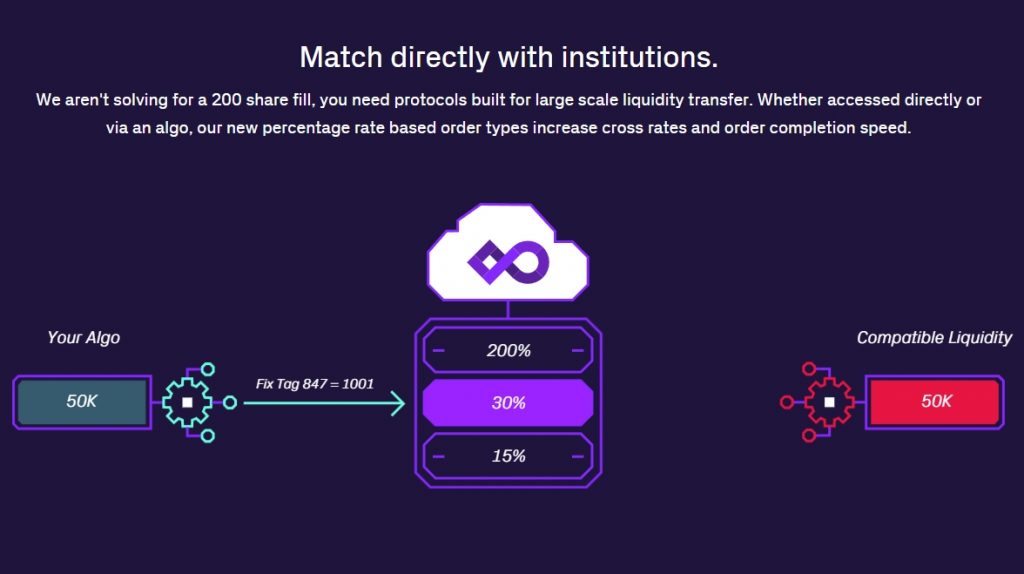
How Much Does It Cost to Gamify Your Project?
It is difficult to name the exact cost of gamification of the product – the number of factors influencing the final price is too large, and the scope of ideas potentially possible for implementation is too diverse.
However, if we take some abstract average project and assume that a team of 5 people (art director, game designer, artist, animator, tester) will work on it for 1-3 months, then we can talk about amounts from $30,000.
Naturally, if a project requires more specialists and more time, let’s say, a year, then we will talk about hundreds of thousands of dollars.
Wrapping Up
We have reviewed the best gamification examples that prove its effectiveness. Investing in gamification is not a risky adventure or a waste. Examples of large and small companies around the world have shown that such investments have a high ROI and, depending on the purpose and focus of gamification, return after a year or two. Companies get more inspired and motivated employees in the case of internal gamification, and engaged, loyal customers in the case of external gamification. Gamification strategy is the future. And if you clearly understand and accept this, then the market advantage will definitely be on your side.
Do not hesitate to contact Kevuru Games for gamification services – we are ready to offer you a full-cycle gamification service for your product from scratch completely on our side or in cooperation with you, as well as individual services for creating specific art elements, writing a game design document, or testing the finished product.



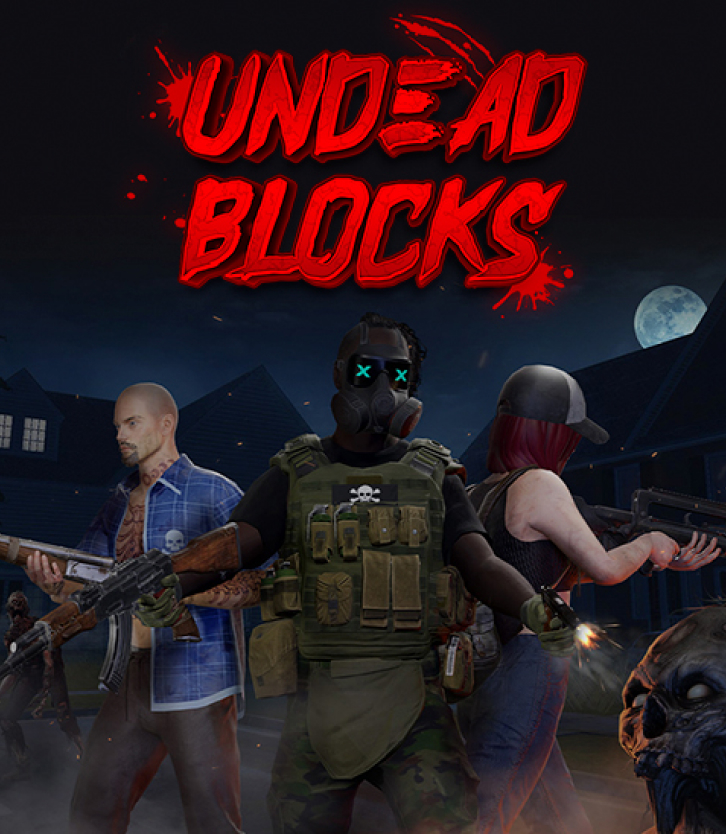
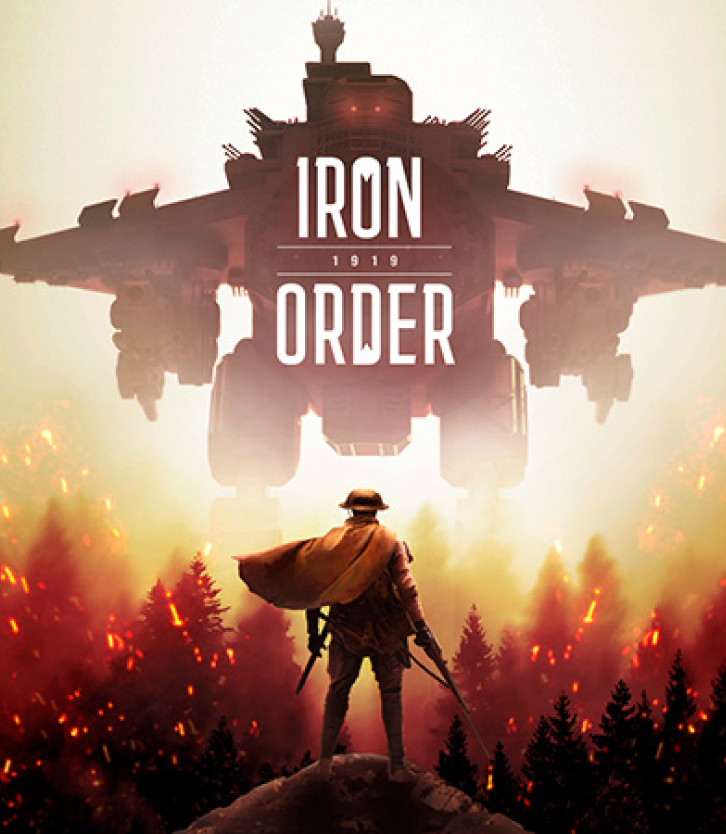
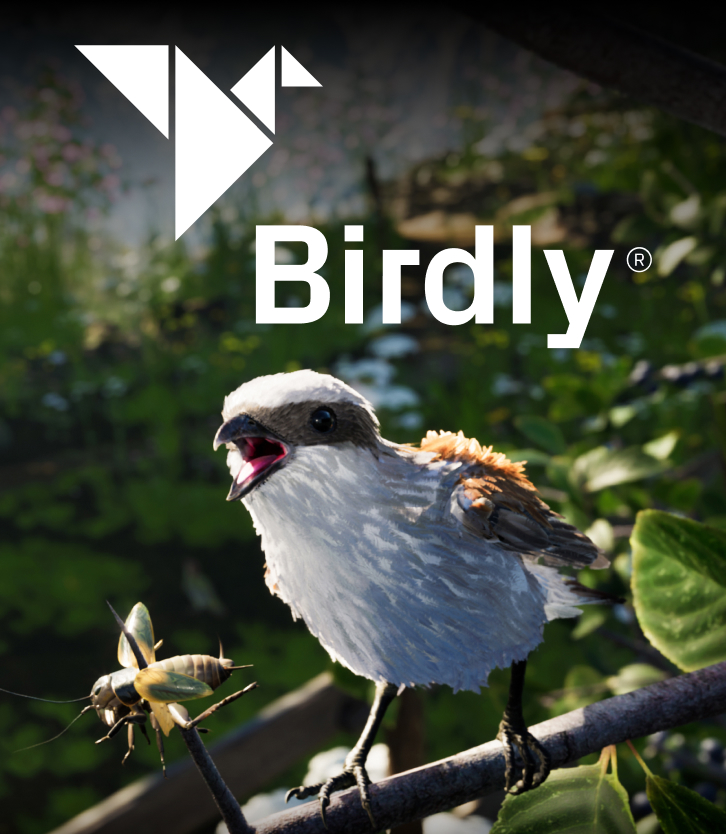
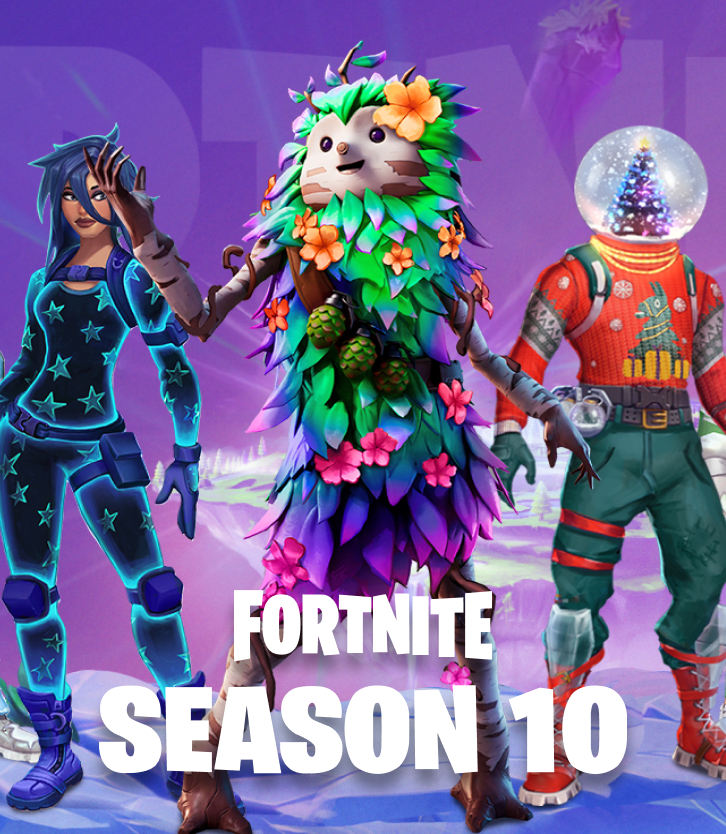
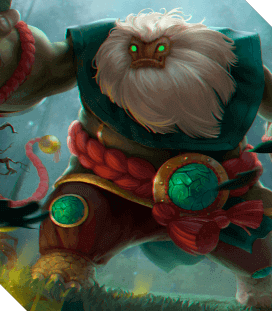



![Indie Game Development: Guide to Revenues, Most Profitable Genres & Monetization [+10 Best Indie Games 2024]](https://kevurugames.com/wp-content/uploads/fly-images/11949/indie-pre-138x138.jpg)